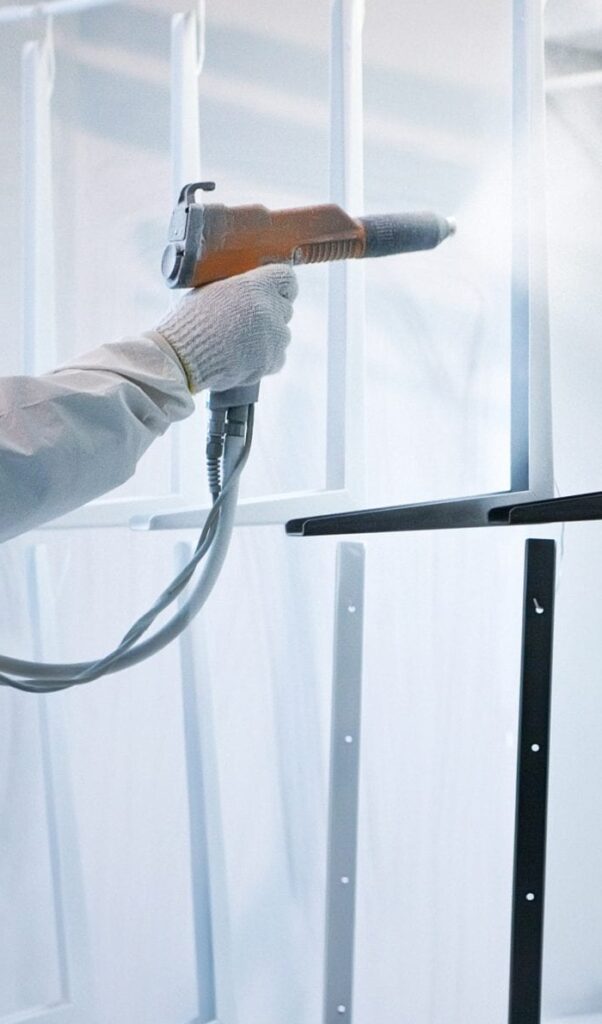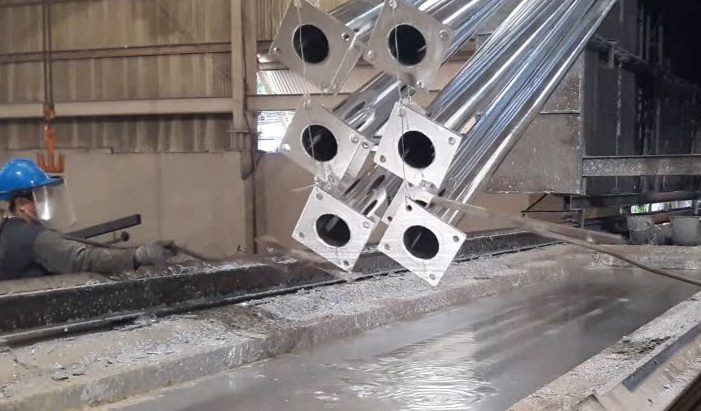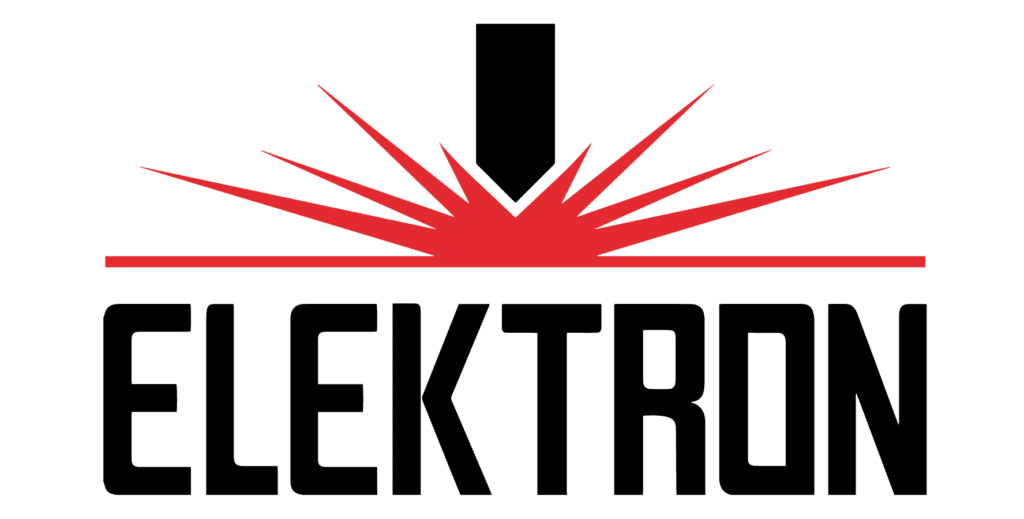If you clicked on this title, you probably have to choose one of the methods of coating metal elements, and you cannot decide what is better: galvanised or powder coated. You don’t know if powder coating the fence is a good idea? Perhaps, however, in this case, galvanization will be better. Both of these technologies have their pros and cons and are used in various industries. If you are not an expert in the field of varnishing, you can easily get lost in the maze of contradictory information on this topic, which may prevent you from choosing the best solution. Therefore, in this article, we will describe in detail the advantages and disadvantages of both methods and suggest which one would be the most suitable for your project.

What is powder coating?
Powder painting consists of applying electrified particles (20-100 μm) of paint in the form of a powder to a conductive surface, e.g. metal. The deposited powder layer remains on the surface of the painted detail due to electrostatic forces. In the powder coating method, two basic techniques of electrification and application of powder paint are used. They are:
- electrostatic spraying-high voltage method 40-100 kW, commonly known as the “crown,”
- The electrokinetic spraying-friction method called “tribes”
In the next stage, the elements covered with paint are heated to a temperature of 140–200 °C as a result of which the powder is melted and polymerized.
- The advantages of powder coating
- Significant energy savings are possible thanks to the possibility of using closed ventilation systems.
- There is no emission of solvents and thinners into the environment.
- almost 100% use of painting material (possibility of recovery of unsettled powder particles),
- The obtained coatings, thanks to their thickness (60-80 μm), perfectly mask the inaccuracies of machining.
- Powder coating disadvantages:
- expensive equipment and a time
- -consuming process. less
- anti-corrosion protection compared to galvanizing.

What is galvanization?
- Galvanizing is the process of covering the surface of steel objects with a thin, strongly adhering coating of zinc particles to provide protection against corrosion caused by weather conditions. This technique, popularly known as zinc, protects against the effects of air and water that damage metal surfaces. Zinc is a great barrier because it does not react with these elements. Zinc is durable and resistant to abrasion, mechanical damage, and erosion.
- The most popular galvanising methods are:
- spraying-a process consisting of spraying liquid zinc on the steel surface. It is a method that does not burden the object, but unfortunately, it does not cover hard-to-reach places.
- It consists of placing the item in powdered zinc at a temperature of 350-400 degrees for at least a few hours.
- galvanic-a properly prepared surface is immersed in an electrolyte containing zinc compounds.
- Fire consists of immersing an object in zinc heated to a temperature of 450–500 degrees.
- Zinc has the following benefits:
- Increased endurance,
- impact resistance,
- longer life of the coating
- Corrosion protection
Galvanized or powder coated?
The best solution seems to be a combination of both methods, namely we recommend starting with galvanization and then powder coating. If, however, we want to choose one method, we have to analyse the location of the element and decide whether the aesthetic appearance or increased anti-corrosion protection is more important. The galvanised and powder-coated fences will be undoubtedly the most durable. Skilful preparation of the galvanization before painting allows for an aesthetic appearance.

